Native to Asia, the Cochin chicken was bred with attention to its large size and ample egg production. It was prized for its quick maturation rate – when raised properly, the bird is ready for processing at 12 weeks. Left to mature a bit longer, and the bird produces an excellent 12-pound carcass at sixteen months.
While some people believe that the Cochin chicken is native to China – and in fact, the original name of the breed was “Cochin-China,” – others maintain that they were imported from French colonies in Vietnam. Also known as a Shanghai bird, the chicken has included in the first edition of the Standard of Excellence in Exhibition Poultry in the United Kingdom as well as the first Standard of Excellence of the American Poultry Association.
Regardless, the world’s first Cochins did not look much like today’s Cochins. In fact, they were taller and less densely feathered, not nearly as beautiful and adorable as the modern version.
Queen Victoria was the first big fan of the Cochin cochin. As a chicken enthusiast, the Queen kept a special pen for her Cochins and inspired the rest of the country – and later America – to raise these beautiful birds.
Although the original Cochin was an excellent layer, some of that quality was lost as the bird became more attractive and domesticated. Characteristics like docility and fluffiness were selected during breeding rather than production, so some of the egg and meat quality declined as a result.
~Appearance of the Cochin Chicken
Cochin chickens were first recognized by the British Poultry Standard in 1865 and later by the American Poultry Association in 1874. It is classified as one of the three different classes of Asian chickens, with the others being Langshan and Brahma. Although Cochin bantams only exist in the United States (in other places, they are known as Pekin bantams), the US recognizes both bantam and standard-sized breeds.
Cochins are slow growers and take several years to mature. At their most mature, however, males will weigh up to eleven pounds and females can clock in at around eight or nine. Bantams are usually only 26 to 30 ounces.
In the United States, the following variations are accepted as part of the Cochin breed standard:
Brown
Silver-laced
Gold-laced
Partridge
White
Blue
Black
Buff
In other places, like the United Kingdom, cuckoo is a recognized variation as well. That is not the case in the United States.
Interestingly, white Cochin chickens are much more common than any other color variation. It can be difficult for breeders to produce the correct markings and colors, even if you’re trying to preserve a pure white color. Often, breeders need to change and monitor the diet of their Cochins during molting to help preserve the pigmentation in the feathers.
Regardless of the color, the Cochin will have a dense mass of fluffy feathers that covers the entire bird from beak to toe. Even the toes and legs are fully feathered. This feathering can make the chicken look a lot larger than it actually is!
A Cochin has a single five-point comb that is red in color, as are the ear lobes and wattles. The eyes are golden-yellow while the beak color can vary depending on the bird. Usually, the lighter the bird is, the lighter the beak is, too.
While you won’t see much of the legs and toes, these are both yellow, like the skin. The only part of the bird that is not feathered is a portion of the middle toe and the entire inner toe. Even the tail is fully feathered (although the tail tends to be somewhat small in appearance).
Cochins are also available frizzled, which makes them appear a bit zany and electrified! Frizzle Cochins aren’t recognized everywhere – in Australia and Europe, frizzles are regarded as their own breeds.
~Behavior of the Cochin Chicken
The Cochin chicken is often considered one of the best chicken breeds you can raise for eggs. Not only is it incredibly calm, but it’s docile and quite friendly, too. It does not mind being handled, so it’s a good option for families with small children.
Cochin hens are some of the most nurturing and attentive mothers. They often become broody and will take on a motherly role in a flock even if they do not have offspring of their own. In fact, in many cases, Cochin chickens will adopt the deserted chicks of other hens. If given the opportunity, Cochins will hatch multiple batches of eggs per year if given the opportunity.
Cochins are so large that they can even be used to hatch ducks and turkeys! They can hatch chicks very early in the year, when it’s still cold, and do a great job when raising the young of other breeds.
These birds are also easy to tame and will happily occupy your chicken run or coop. They don’t love to wander, but they are good free-rangers in that they love eating just about any kind of food.
They don’t scratch quite as profusely of other breeds, but you don’t have to worry about them flying off on you, either. Their heavy size makes it more difficult for them to get airborne, so they are easy to contain with a fence that is only about two feet tall.
For whatever reason, bantam Cochins are not as easygoing and mellow as their full-sized counterparts. Call it Napoleon syndrome or simply overcompensating, but bantam Cochins tend to be feisty and aggressive.
~Is the Cochin Chicken Good for Eggs?
The Cochin chicken is a great breed to consider if you want to raise chickens for eggs. The bird produces eggs starting at roughly five months old. The eggs are pale brown and usually medium to medium-large in size.
Unfortunately, Cochins are known for being a bit unpredictable when it comes to their laying. Some hens only lay during certain times of the year while others continue playing throughout the winter months – some people report that this is when their Cochins lay best, in fact.
This is a sharp contradiction to the hens of other chicken breeds, who often stop playing altogether during the shorter days of the year. Cochin chickens are more likely to shut off their laying during the summer months, when conditions become too hot.
Cochin chickens aren’t the best when it comes to their egg production longevity, either. In most cases, they only produce eggs for about two to three years. It is sometimes even less if you use methods to encourage them to lay year-round, such as placing an artificial light in the coop.
On average, Cochin hens start laying eggs at around eight to nine months. These chickens are somewhat slow to mature, especially when you consider that most egg-laying breeds begin to produce at four to six months of age.
~Is the Cochin Chicken Good for Meat?
While the Cochin chicken likely won’t be your top choice if you are interested in raising chickens for meat, there are some benefits to its meat production, too. It produces meat that is primarily dark and coarse in texture.
You can process the birds as early as 12 weeks of age, but they will be somewhat small. More often than not, Cochin chickens are raised until they are capons, at the age of 12 to 16 months. Since the meat of the bird tends to be course regardless of the age, there is no disadvantage to eating.
If you wait until your Cochin is a year or a year and a half old to slaughter, you will be rewarded with a good table bird that is around ten to twelve pounds.
|

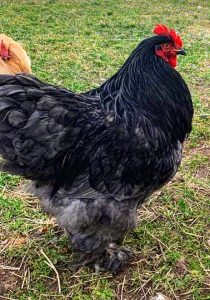
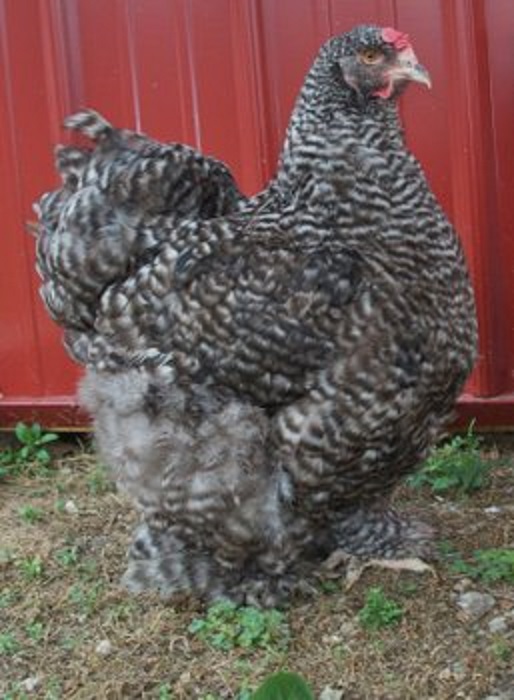
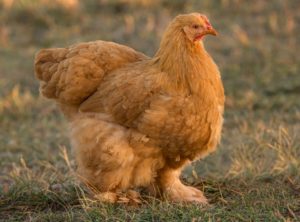


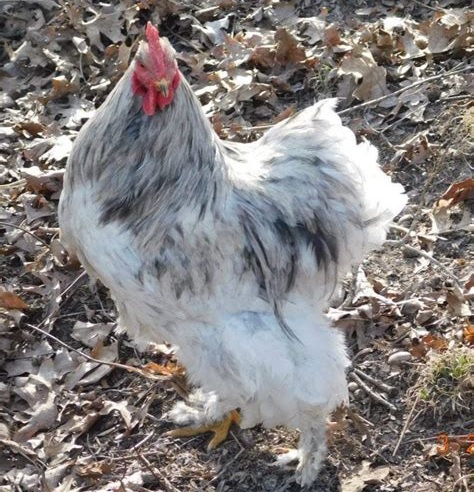

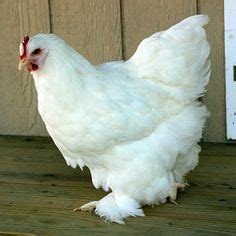
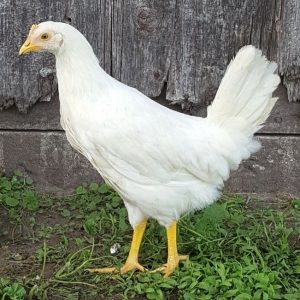
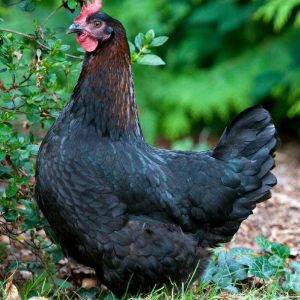
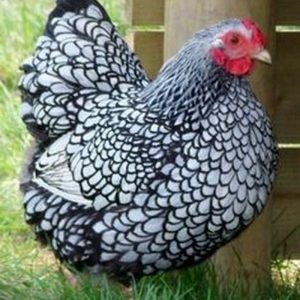
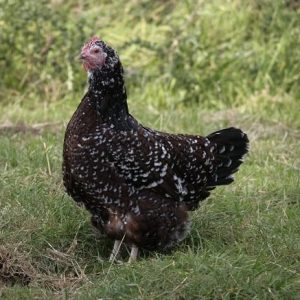
Reviews
There are no reviews yet.